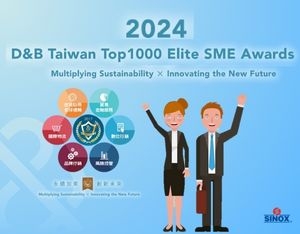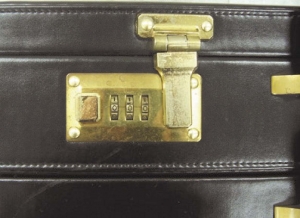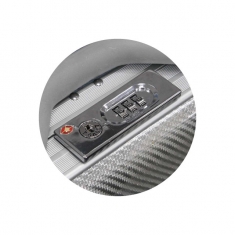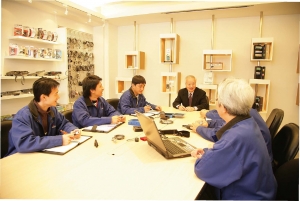Brand Achievement
Should you require further assistance, please fill out the following form and we will contact you shortly. Thank you!
Any comments are welcome!
* :Required Field
Should you require further assistance, please fill out the following form and we will contact you shortly. Thank you!
We use cookies to provide services and improve browsing experience on this website. See our Cookie Policy for more information. You can change your cookie settings at any time. By continuing to browse this website, you agree to the automatic use of cookies.

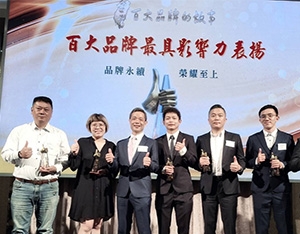
.png)
_11zon.jpg)
